The discussion around moose hunting in Unit 19C in McGrath, Alaska focuses heavily on understanding the permit system and geographical boundaries, with hunters expressing frustration over the complexity of regulations. A key takeaway is the need to understand that the RM653 permit is valid for most of 19C, but not in areas where a general harvest ticket applies, and hunters must adhere to the one moose bag limit. The Alaska hunting regulations are essential for clarification, though they can be complicated. For non-residents considering an OTC moose hunt, it’s crucial to research units where non-resident tags are more straightforward and perhaps consider areas noted for easier access to permits or better odds.




